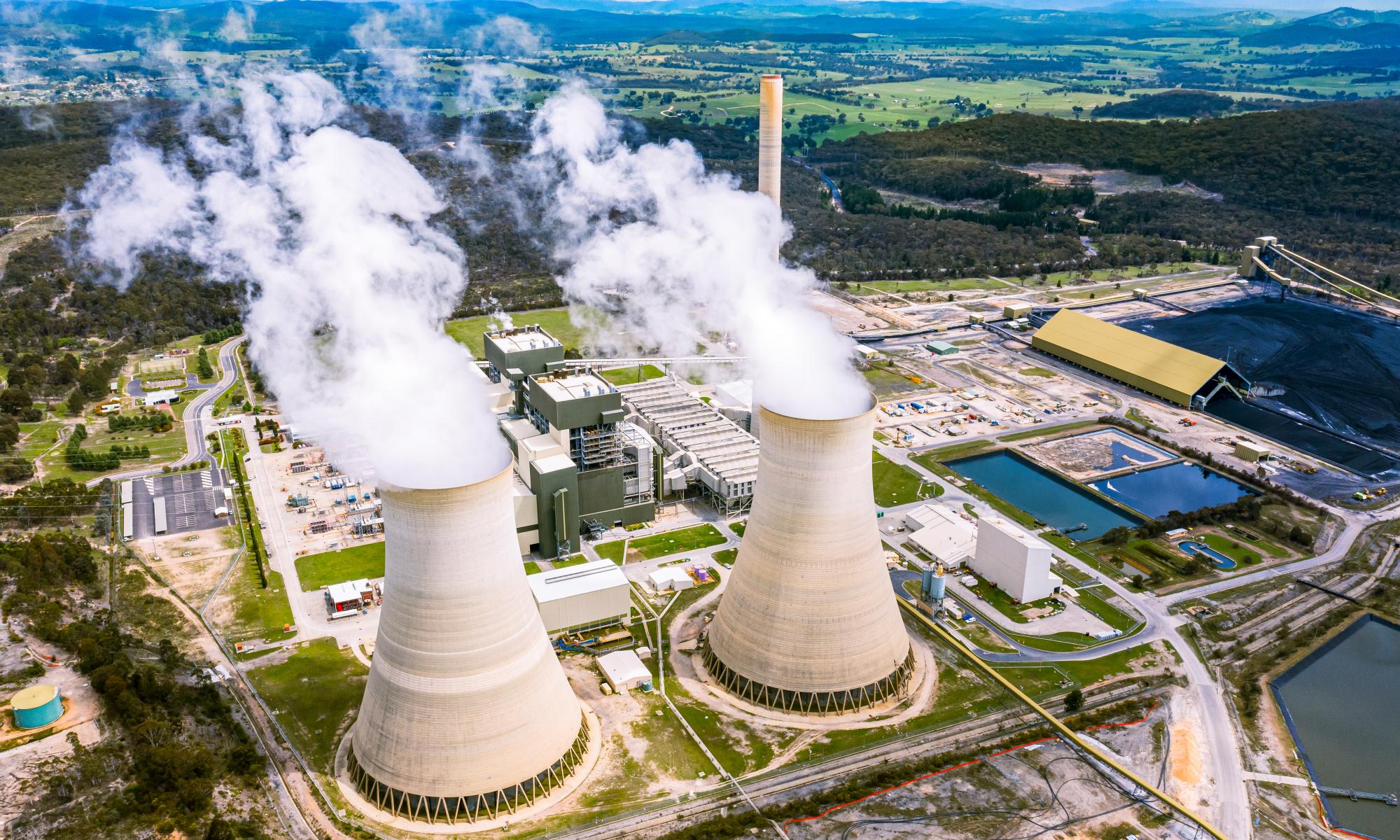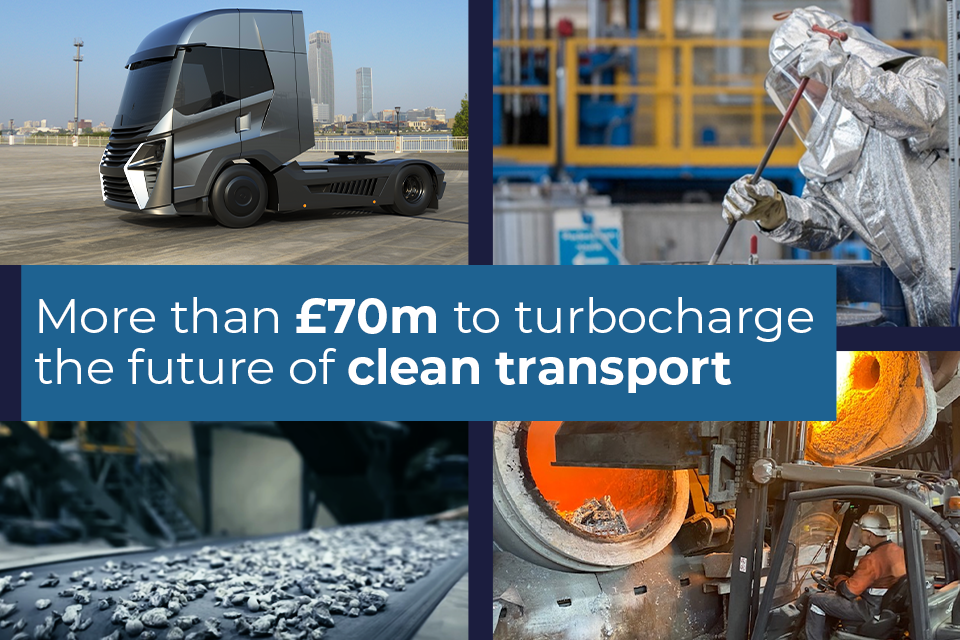Power shortages are threatening the east coast as energy prices soar and demand is high due to an extended winter cold snap.
The electricity uncertainty and increasing bills may prompt consumers to consider their options and accelerate the uptake of renewable energy.
That’s something state and federal governments are trying to encourage with a number of rebates and incentives available.
So here’s what’s on offer for those who want to adopt the latest technology while bringing down your power bill.
New solar customers
The federal government provides benefits to households that install renewable energy systems including solar panels and solar water heaters through small-scale technology certificates with a redeemable value.
The total rebate amount depends on the size of the system and number of certificates.
South Australia, Victoria, the ACT and New South Wales also offer incentives for low- to middle-income households and concession card holders to take up solar.
NSW is rolling out a trial program for eligible low-income households, offering the installation of a free 3kW solar PV system to reduce electricity bills by up to $600 a year.
Residents must be eligible for the low-income household rebate and agree not to receive it for the next 10 years.
Victoria offers eligible middle-income households a rebate of up to $1,400 to install solar PV panels – about half the value of an average 3kW solar system.
Homeowners can also apply for interest-free loans equivalent to their rebate amount to be repaid over four years.
In the ACT, a rebate of up to 50% (capped at $2,500) is available for pensioner concession card holders to install rooftop solar PV panels, with an option to pay for the rest of the solar system with an interest-free loan.
South Australia’s Switch for Solar program offers eligible concession card holders the option to exchange 10 years’ worth of energy and cost of living concessions for a 4.4kW solar PV system.
The South Australian government estimates a typical household joining the program would be better off by between $157 and $525 each year compared to concessions they currently receive.
Battery systems
Home battery schemes are being introduced in Victoria, South Australia, the Northern Territory and the ACT to encourage the installation of battery systems alongside solar.
The technology stores excess generation from solar panels for quieter times such as cloudy days. By reserving energy, electricity costs are lowered for typical households by up to $640 a year and demand on the network is reduced in peak periods.
Solar Victoria is offering point of sale discounts of up to $3,500 to encourage households to install solar batteries, with rebates available for properties that already have solar PV panels with capacity equal to or greater than 5kW.
Its Virtual Power Plant pilot program is another option, connecting households with solar batteries in an energy sharing network. Solar battery rebates are available until 30 June at a fixed rate of $4,174 towards the cost of a solar battery and installation.
In South Australia, subsidies and low-interest loans of up to $2,000 are available for any resident connected to the grid who is interested in installing batteries.
The subsidy is calculated on the kilowatt hour capacity of the battery purchased, with energy concession holders offered $250 per kWh and all other households subsidised by $150 per kWh. Applications close 1 September.
The Northern Territory offers grants of $450 per kWh for homeowners to buy and install a solar PV with an eligible battery and inverter, or a battery and inverter only if solar is already installed.
NSW doesn’t have a battery scheme but is offering an installation discount to 650 residents and small businesses via SolarHub.
Eligible residents of the Hunter region have also been offered interest-free loans until 31 July of up to $14,000 to install a solar PV and battery storage system, or up to $9,000 to retrofit a storage battery to an existing solar system.
Water and heat pumps
Hot water systems account for more than a quarter of a household’s total energy use according to YourHome.
Solar Victoria is offering a 50% rebate of up to $1,000 towards eligible solar hot water and heat pump hot water systems – a good option for home owners who may be unable to install solar panels.
It’s estimated households that install solar hot water systems will save between $140 and $400 a year on electricity bills.
As part of its home energy support program, the ACT will soon offer an additional rebate of $2,500 for pensioner concession card holders to install hot water heat pumps, ceiling insulation and reverse cycle heating and cooling.
Feed-in tariff payments
Feed-in tariffs provide a payment for excess electricity that households generate from small-scale solar or wind power, which is then fed back into the electricity grid.
The amount paid varies between governments and retailers and can be compared at Australian government price comparison Energy Made Easy.
Western Australia – which runs its power grid separately from the rest of the country – offers an energy buyback scheme that pays households with a capacity of less than 5kW for electricity exported to the grid from rooftop solar systems, batteries and electric vehicles.
Rates are decided based upon time of export and location. Electricity generated in “peak hour” – which is actually six hours during mid-afternoon and evening earns 10 cents per kWh, while electricity exported between 9pm and 3pm earns 2.75 cents per kWh.
The Northern Territory used to have a premium solar panel tariff scheme, but is due to scrap it on 1 July.
Under the changes, home owners will be automatically transferred onto a reduced tariff of 8.3 cents per kWh – down from 26 cents – for electricity feeding back to the grid.
Territorians who had a system already installed as of 5 April 2020 will keep the premium rates for four years from installation subject to some requirements.
What about renters?
Unfortunately, limited options are available for renters to decarbonise and drive down power bills via renewables.
As part of the NSW government’s Energy Bill Buster program, eligible low-income households and apartment dwellers may be able to swap installation of a solar system with a suite of “energy saving appliance upgrades” like window shading and draught sealing valued at up to $4,000.
The Victorian government offers rebates to eligible landlords and renters to install solar PV panels under its Solar Homes program.
The program offers a rebate of up to $1,400 for landlords to install a solar panel system on a maximum of two properties per financial year – subject to a number of criteria.
Renters are unable to apply for the scheme, but not-for-profit community housing providers can register on behalf of tenants.


